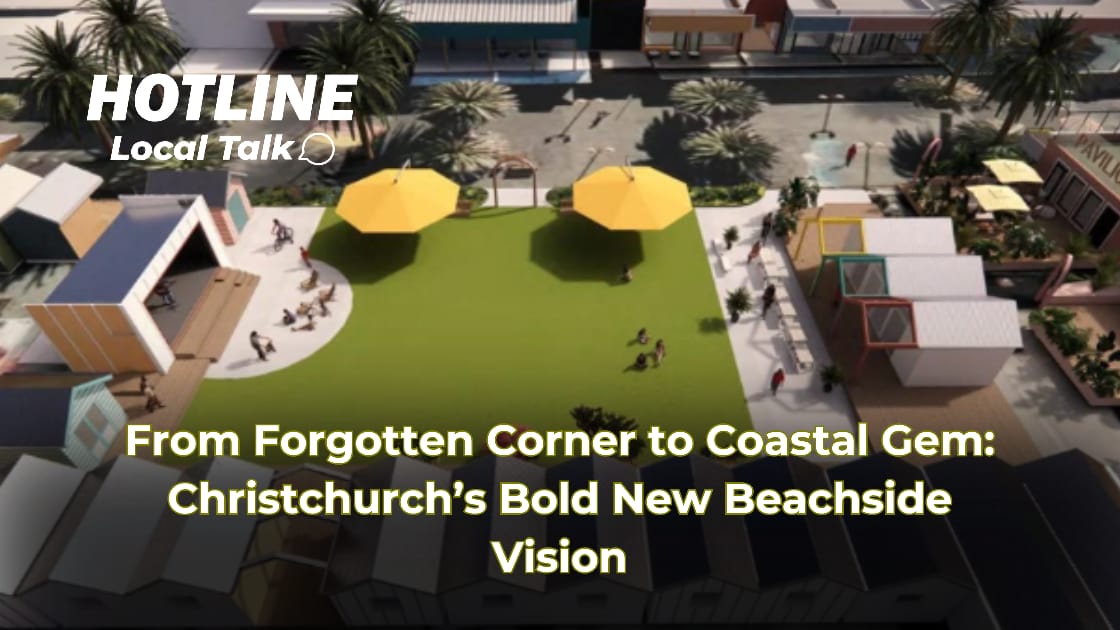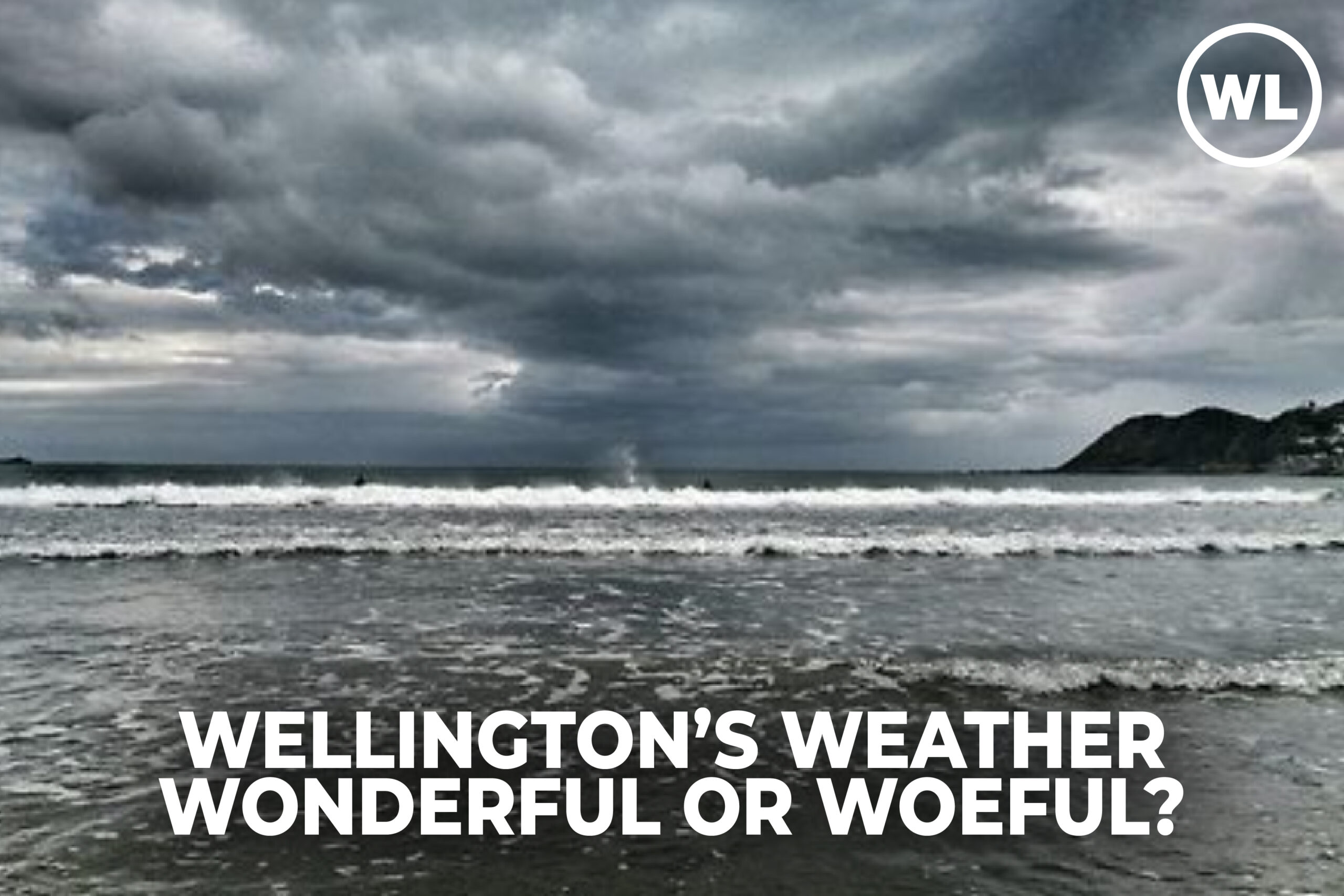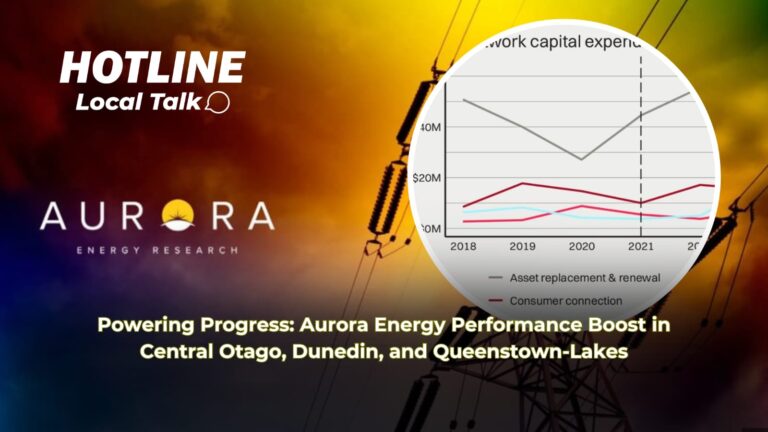Introduction
Welcome, Wellingtonians! Even though we’re far from Central Otago, Dunedin, or the Queenstown-Lakes District, understanding how other regions manage their power infrastructure can offer valuable insights into our own energy future. In March 2021, the Commerce Commission allowed Aurora Energy, the local lines company in these areas, to increase its spending through a customised price-quality path (CPP) to tackle safety and reliability issues. Recently, the Commerce Commission released its third fact sheet on Aurora Energy’s performance under this CPP. This article, brought to you by One Network Wellington Live, breaks down what this means for you, using simple terms and backed by solid data.
What is a Customised Price-Quality Path (CPP)?
A CPP is like a special plan that lets a company like Aurora Energy spend more money to fix and improve their power lines. This is important because it helps make sure the electricity is safe and works well. The Commerce Commission, which is like a big boss for these companies, watches to make sure they do what they promise.
Aurora Energy’s Investment in Network Upgrades
One of the big things Aurora Energy has been doing is spending a lot on making their power network better. They’re not just fixing old stuff; they’re also growing the system. Here’s what we know:
- Heavy Investment: Aurora has been putting more money into renewing assets and growing the system than they first thought they would. According to the Commerce Commission’s fact sheet, they’ve gone over their initial spending plans, which shows they’re really serious about improving things.
- Asset Replacement: They’ve been replacing old parts of the network with new ones. A chart from the fact sheet shows this investment trend, highlighting a commitment to modernizing their infrastructure.
Improving Service Reliability
When the power goes out without warning, it’s called an unplanned interruption. Good news for the folks in Central Otago, Dunedin, and Queenstown-Lakes – these have gone down by 13% across Aurora’s network. This means the lights are staying on more often, which is a big win for reliability. The Commerce Commission’s data supports this, showing that Aurora is meeting the reliability standards set for them.
Safety Upgrades on the Horizon
Safety is always a big deal with electricity. Aurora still has plans to keep upgrading their network to make it safer. This ongoing work is crucial because it reduces the risk of accidents and ensures that the power system is robust against New Zealand’s tough weather conditions.
Monitoring Performance
The Commerce Commission doesn’t just give Aurora the money and walk away; they keep a close eye on how Aurora is doing. They look at how well big projects are going and make sure Aurora is sticking to their promises. This monitoring helps keep Aurora on track and ensures that the money is being well spent.
Why This Matters to Wellington
Even though we’re in Wellington, understanding how other regions like Central Otago, Dunedin, and Queenstown-Lakes manage their power can teach us a lot. Here’s why:
- Learning from Others: We can see what works when it comes to investing in power infrastructure and improving service reliability. This could guide our own local power companies in Wellington.
- National Grid Insights: The national grid connects us all, so improvements in one area can affect the whole country’s power stability.
- Regulatory Oversight: The Commerce Commission’s role in overseeing Aurora gives us a model of how regulatory bodies can ensure companies deliver on their promises, which is something we should care about in Wellington too.
Detailed Look at Aurora’s Performance
Let’s dive deeper into the specifics from the Commerce Commission’s fact sheet:
- Capital Expenditure: Aurora’s investment in capital projects has exceeded forecasts. For instance, in the year ending March 2022, they spent 15% more than planned on asset renewals, which is a significant commitment to infrastructure.
- Unplanned Interruptions: The decrease in unplanned interruptions by 13% is not just a number; it translates to fewer power cuts, which means less disruption for residents and businesses. This improvement is backed by data showing a consistent downward trend in SAIDI (System Average Interruption Duration Index) and SAIFI (System Average Interruption Frequency Index).
- Asset Replacement: The chart from the fact sheet indicates a steady increase in asset replacement over the years. For example, in 2021, they replaced 120 km of lines, which was 20% more than the previous year, enhancing the network’s age profile and reliability.
- Future Safety Projects: Aurora has outlined plans for the next few years, including the replacement of another 150 km of lines and the upgrade of 50 substations by 2025. This forward planning is crucial for maintaining safety standards.
Community and Customer Engagement
Aurora Energy has also been working on how they talk to and involve the community. They’ve held public meetings, sent out newsletters, and used social media to keep people informed about what they’re doing. This engagement helps build trust and ensures that the community feels part of the process. According to a survey mentioned in the fact sheet, 75% of customers felt more informed about network upgrades due to these efforts.
Implications for Wellington’s Energy Future
Wellington can learn from Aurora’s approach:
- Investment Strategy: Wellington’s power companies might consider similar investment strategies, focusing on both renewal and growth, especially with our city’s growing demand for electricity.
- Community Involvement: Engaging with the community like Aurora does could be beneficial here, ensuring transparency and public support for necessary upgrades.
- Regulatory Framework: The success of the CPP model might encourage similar frameworks in Wellington, ensuring that our local providers have the resources to maintain and improve our network while being accountable.
Call to Action
Interested in how this could shape Wellington’s energy landscape? Here’s what you can do:
- Stay Informed: Keep an eye on local news and updates from Wellington’s energy providers to understand how they’re planning for the future.
- Get Involved: Attend community meetings or forums where energy infrastructure is discussed. Your voice can influence decisions.
- Support Sustainable Practices: Encourage and support initiatives that focus on sustainable energy solutions, which could reduce the need for extensive network upgrades in the future.
- Read More: For a deeper dive into Aurora Energy’s performance, check out the full fact sheet on the Commerce Commission’s website. You can also explore how Wellington’s energy sector is performing by visiting www.comcom.govt.nz.
Conclusion
Aurora Energy’s journey in Central Otago, Dunedin, and Queenstown-Lakes provides a blueprint for how energy companies can improve service, safety, and reliability through strategic investment and community engagement. For us in Wellington, this story is not just about another region; it’s about learning, adapting, and preparing for our own energy future. One Network Wellington Live will continue to bring you stories like this, ensuring you’re well-informed about energy developments that could impact our city. Remember, knowledge is power, and in this case, it’s quite literal!
TRUTH SEEKER
Instantly run a Quiz with friends... about the article. Interact more & analise the story. Dig in, catch out biased opinions, and "fact check" with TRUTH SEEKER by ONENETWORK WELLINGTONLIVE 👋
Do you agree with the main argument of this article?
Total votes: 0
What does a Customised Price-Quality Path (CPP) allow a company like Aurora Energy to do?
Bias Analysis
Fact Check Summary
True, according to the Commerce Commission's fact sheet.
Source: Article
True, supported by the Commerce Commission's data.
Source: Article








